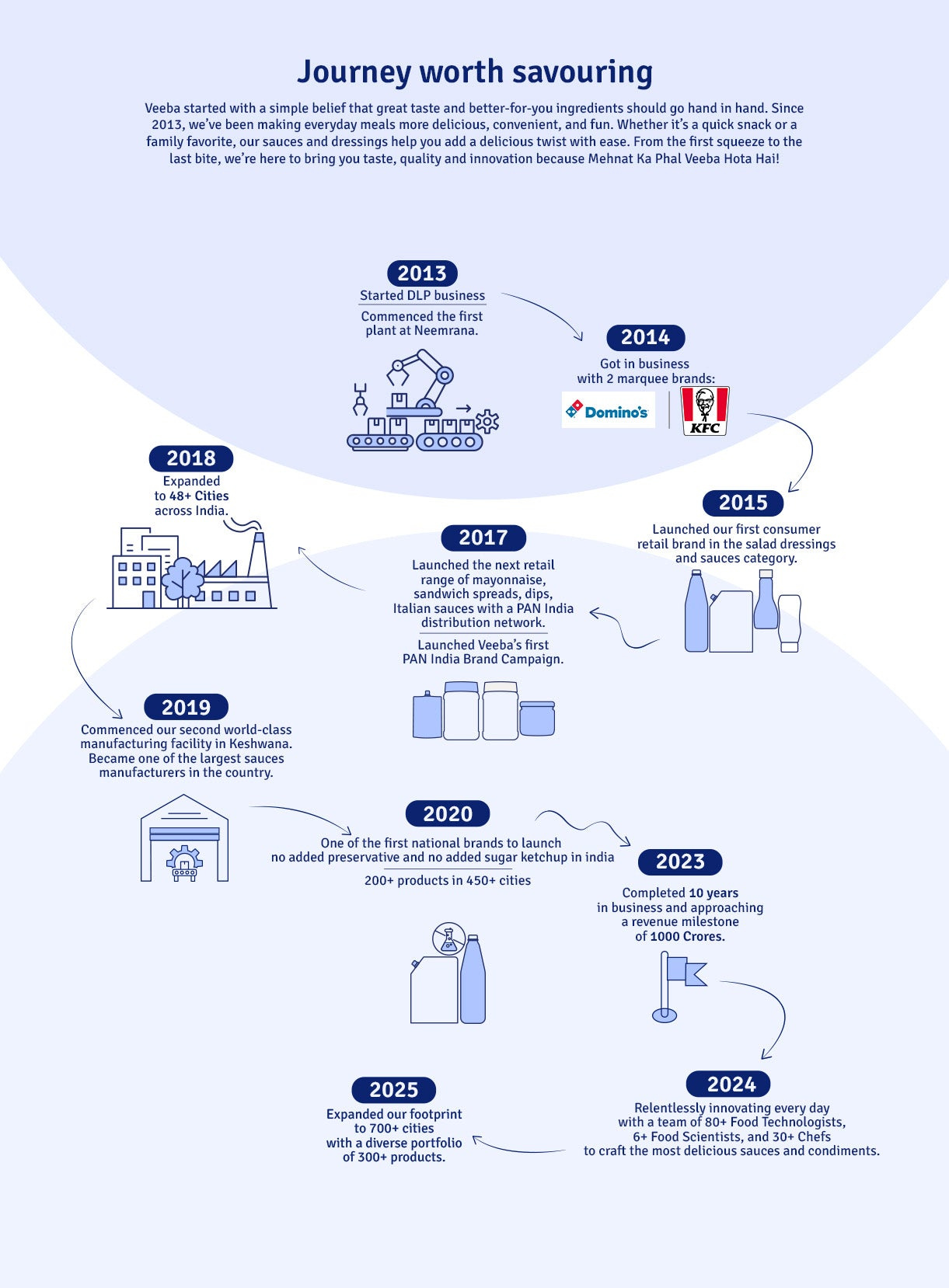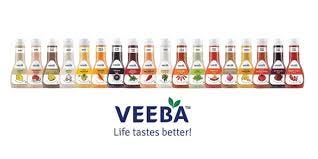Hey Folks,
We are back with this week’s case study issue on Veeba!
Hope you have a good read, also make sure to follow us on instagram, we post dope content there as well - https://www.instagram.com/theadvertisersalmanac/
Brand Background
Founded in 2013 by Viraj Bahl, Veeba started as a B2B supplier of sauces, dressings, and spreads to fast food giants like Domino’s, KFC, and Starbucks.
But soon, Veeba made a pivot into the B2C market, entering Indian kitchens with international-quality sauces like Chipotle Mayo, Pizza Pasta Sauce, and Thousand Island Dressing. All this while being positioned as “healthy and tasty”.
🔍 The Gap
Before Veeba:
"Mayonnaise" was alien to most Indian households.
Sauces meant Maggi ketchup—that’s it.
International sauces were either imported (costly) or subpar locally made products.
Parents were skeptical of sauces due to preservatives, high-fat content, and sugar.
In short: There was no Indian brand owning the ‘fun + health’ space in condiments.
The Strategy
Veeba’s masterstroke? A category-creation + education + health-conscious parenting play.
Here’s the breakdown:
“Restaurant-style taste at home” – bring café-quality sauces to Indian kitchens.
Health-first positioning – low-fat, zero trans fat, no synthetic colors.
Target: Modern, young parents who are:
Looking to “jazz up” kid’s meals
Concerned about nutrition
Pricing between mass and premium – not cheap, not luxury.
🎯 Execution
1. Product Innovation
100+ variants of sauces, spreads, and dressings
Indian twists like Tandoori Mayo, Schezwan Chutney, and more
Squeeze bottles for convenience
2. Communication = Simplicity + Trust
Visual-heavy packaging: colorful, clean, and easy to understand
Clear messaging: “No MSG”, “Low Fat”, “No Preservatives”
Brand tone: Friendly, modern, and helpful
3. Influencer & Mommy Marketing
Collaborated with mom bloggers and food creators
Focused on kid-friendly recipes and lunchbox hacks
Social media full of “3-min healthy snacks” using Veeba
4. Retail Strategy
Grabbed premium shelf space in modern retail outlets
Simultaneously expanded into kiranas with small SKUs
5. B2B to B2C Halo
Already in people’s mouths (literally) via Domino’s, Subway etc.
Created a perception of “This is what big brands use, must be good”
The Results
From ₹0 to ₹250+ Cr revenue in under a decade
350+ towns across India
Became India’s #2 mayo brand after Dr. Oetker
Expanded into peanut butter, dessert toppings, and jams
Created V-Nourish, a health drink brand (sold later)
Competed head-on with multinationals like Nestlé and Hindustan Unilever in condiments
Key Takeaways
✅ Start B2B, go B2C once credibility is built
✅ Health + Taste = Sweet spot in Indian kitchens
✅ Visual simplicity wins trust on shelves
✅ Micro-influencers and moms = high-impact brand advocates
✅ Innovation keeps the shelf exciting – don’t rely on one hero product
Financial Snapshot and other news
FY23 Revenue: ₹811 crore (Source : Forbes)
FY24 Target: On track to surpass ₹1,000 crore
Retail Focus: 92% of sales from B2C channels
Product Expansion: Launched 'WokTok'—a range of Chinese and Pan-Asian sauces and cup noodles tailored for Indian tastes.
Growth Strategy: Plans to introduce four new brands across seven categories by 2028, aiming to evolve beyond condiments.











